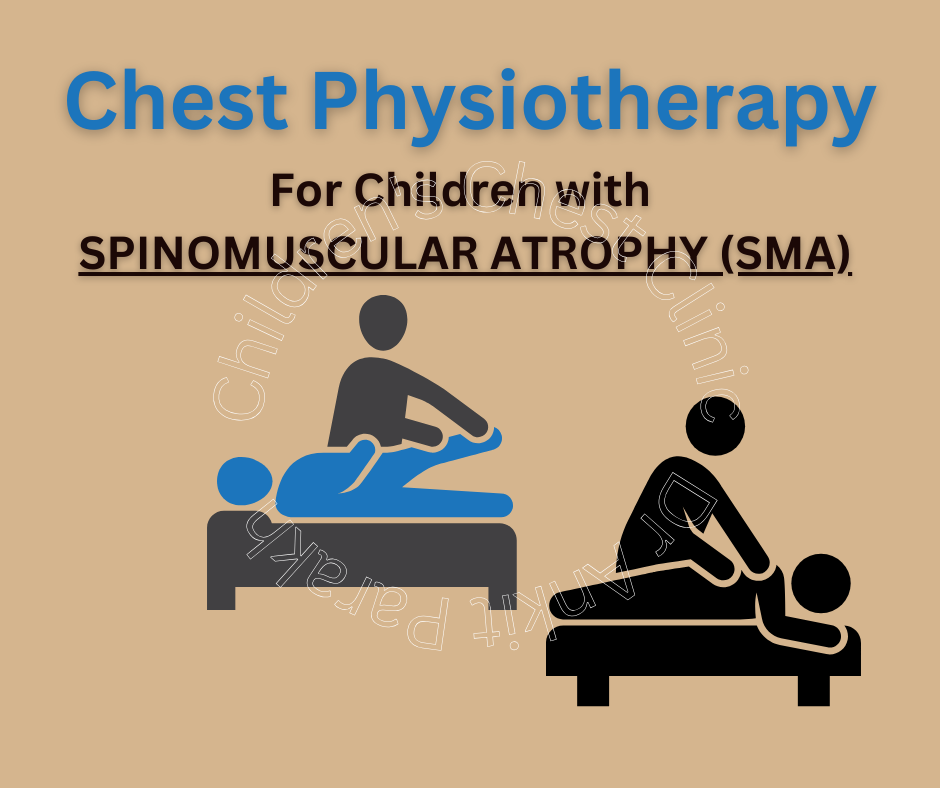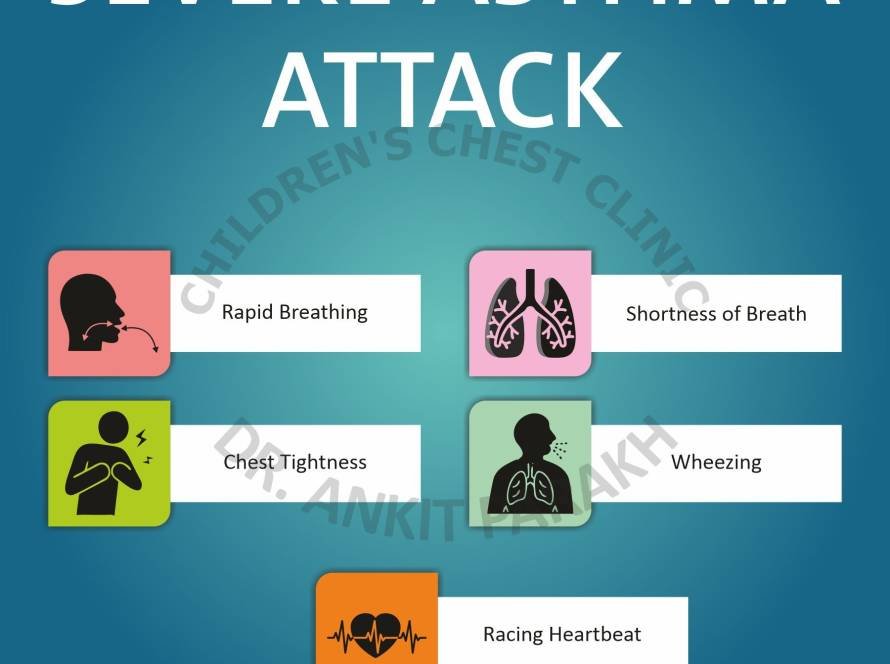Spinal Muscular Atrophy (SMA) is a rare genetic neuromuscular disorder that causes progressive weakness of the muscles, including those involved in breathing and coughing. Due to poor respiratory muscle function, children with Spinal Muscular Atrophy (SMA) are at high risk of airway congestion, infections, and respiratory failure.
Chest Physiotherapy plays a vital role in managing respiratory complications in Spinal Muscular Atrophy (SMA) by promoting Airway Clearance, improving ventilation, and supporting overall lung health. This article explores how chest physiotherapy benefits children with Spinal Muscular Atrophy (SMA) and outlines the various techniques available to support respiratory care.
What is Spinal Muscular Atrophy (SMA)?
Spinal Muscular Atrophy (SMA) is a genetic condition caused by mutations in the SMN1 gene, leading to the degeneration of motor neurons in the spinal cord. This results in muscle weakness and atrophy, particularly affecting movement, swallowing, and respiration. There are different types of SMA (Type 1 to Type 4), with Type 1 being the most severe and usually presenting in infancy. Respiratory complications are a major concern across all types of Spinal Muscular Atrophy (SMA), making airway management a top priority.
Why Do Children with Spinal Muscular Atrophy (SMA) Need Chest Physiotherapy?
Children with Spinal Muscular Atrophy (SMA) have weak respiratory muscles, making it difficult to:
- Breathe deeply and expand the lungs fully
- Generate an effective cough to clear mucus
- Defend against respiratory infections
Without proper Airway Clearance, mucus can accumulate in the lungs, leading to pneumonia, atelectasis (lung collapse), and respiratory distress.
Chest Physiotherapy helps to:
- Mobilize and remove mucus from the lungs
- Maintain lung volumes and improve oxygenation
- Reduce the risk of infections and hospitalizations
- Delay the need for mechanical ventilation
Chest Physiotherapy Techniques Used in Spinal Muscular Atrophy (SMA)
Different Chest Physiotherapy methods are tailored based on the severity of Spinal Muscular Atrophy (SMA) and the child’s physical abilities. Common techniques include:
- Manual Chest Percussion and Postural Drainage
Caregivers or therapists use cupped hands to gently clap the chest and back, combined with positioning the child to help drain secretions from different lung areas. Suctioning might be needed for children with very weak cough reflexes, to clear mucus from the airway, especially during illness or after physiotherapy sessions. - Mechanical Insufflation-Exsufflation (Cough Assist Devices)
These devices simulate a natural cough by delivering a burst of air into the lungs followed by suction. This is especially useful in children who cannot cough effectively on their own. - Positive Expiratory Pressure (PEP) Therapy
PEP devices create resistance while the child exhales, helping keep airways open and mobilize mucus.
When and How Often is Chest Physiotherapy Needed?
The frequency and duration of Chest Physiotherapy depend on the type of SMA and the child’s respiratory status. In general:
- Daily sessions are recommended for airway maintenance
- More frequent sessions may be required during respiratory infections
- Therapy should be done before meals or 1-2 hours afterward to prevent aspiration
Your pediatric pulmonologist will guide the best schedule based on individual needs.
Role of Parents and Caregivers
For children with Spinal Muscular Atrophy (SMA), caregivers play an essential role in performing and supervising Chest Physiotherapy. With proper training from respiratory therapists, families can carry out therapy confidently at home using manual techniques or devices. Consistency and early intervention are key to minimizing complications.
Spinal Muscular Atrophy (SMA) significantly impacts respiratory function in children, making regular and tailored Chest Physiotherapy essential for Airway Clearance and lung health. Early and consistent therapy can improve quality of life, reduce hospital stays, and support better long-term outcomes. If your child has Spinal Muscular Atrophy (SMA), consult a pediatric pulmonologist to design an individualized chest physiotherapy plan that supports their respiratory needs.
Conclusion
1. Can Chest Physiotherapy prevent respiratory infections in children with Spinal Muscular Atrophy (SMA) ?
Yes. Regular airway clearance reduces mucus buildup, which lowers the risk of infections such as pneumonia.
2. Is physiotherapy safe for infants with Type 1 Spinal Muscular Atrophy (SMA)?
Yes, when performed correctly by trained professionals or caregivers, it is safe and beneficial even in infants with severe SMA.
3. What equipment is needed for Chest Physiotherapy at home?
Most children do not need any advanced machines for chest physiotherapy. Although in some children some equipment might be needed such as a cough assist device, vibrating vest (HFCWO), PEP devices, or suction machines.
4. How do I know if the therapy is working?
Signs of effective therapy include improved breathing, fewer respiratory infections, better oxygen levels, and easier mucus clearance.
5. Can Spinal Muscular Atrophy (SMA) children do any of the physiotherapy independently?
In milder forms like SMA Type 3 or 4, older children may participate in breathing exercises or use certain devices with supervision.






